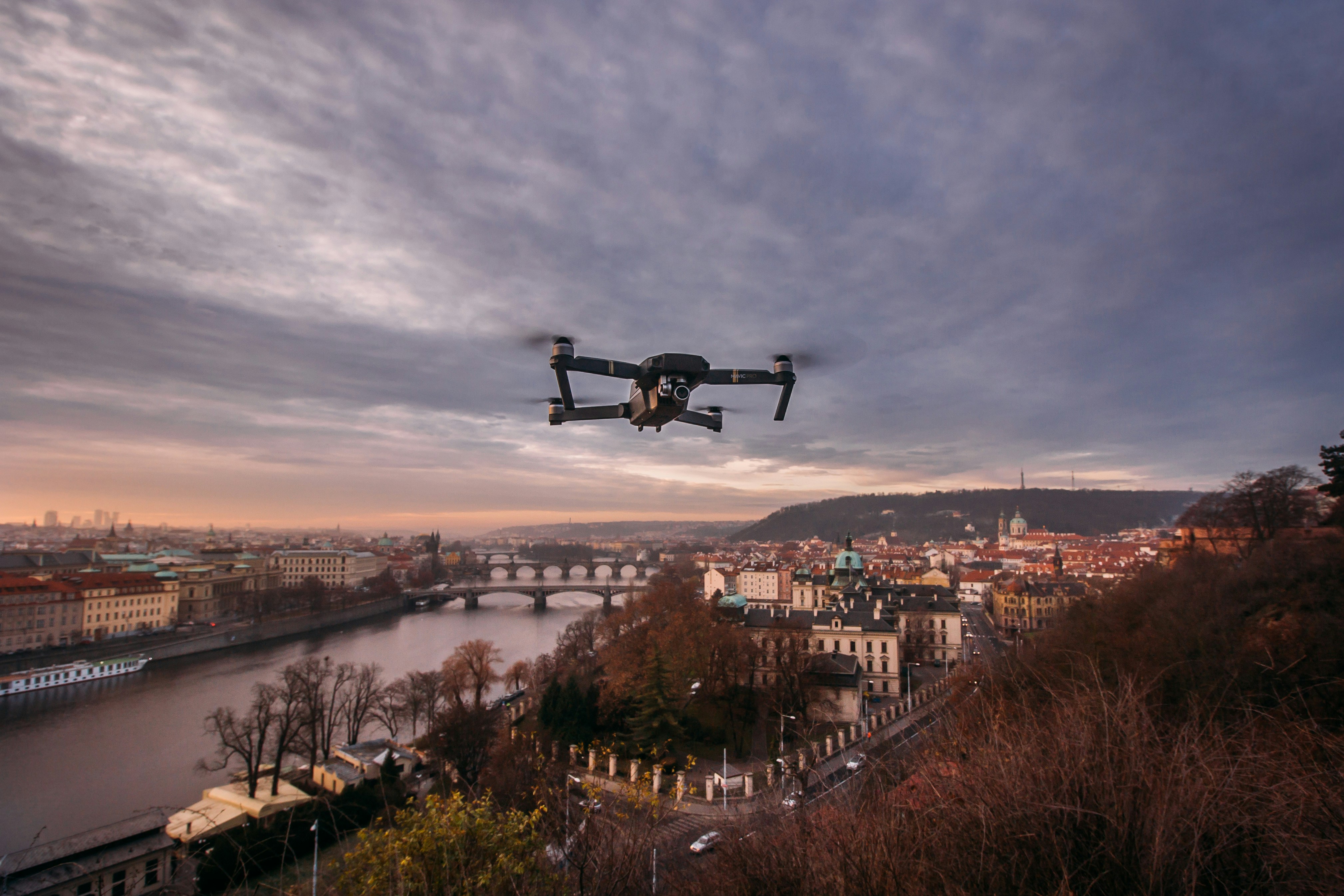Royal Electrical and Mechanical Engineers
Make electronic repairs and maintain systems on Army aircraft and unmanned aerial vehicles (UAV).
- £25,200 The minimum amount you’ll earn during training
- £25,200 Your pay after completing basic trade training
- Age From 16 years & 6 months to 35 years & 6 months
This is such a rewarding job, maintaining some of the most high-tech equipment in the Army. I felt a sense of responsibility from the get-go.
Army helicopters are maintained and repaired by teams of highly skilled specialists. As an Avionics Technician you'll be trained to work on complex navigation, communication and flight controls, as well as some weapons systems. You'll travel all over the world with your unit, servicing Army aircraft on operations and exercises, earning highly valuable civilian qualifications, and enjoying sport and Adventurous Training.
The Corps of the Royal Electrical and Mechanical Engineers (REME) provides engineering support to maintain and repair the vast array of British Army equipment. They will be found wherever the Army is operating, at home or overseas. The technical training our soldiers receive gives them the confidence to tackle any engineering problem. We are professional, resourceful and resilient, and we strive to keep fit equipment in the hands of the user; to keep the punch in the Army’s fist.
Responsibilities:
- Maintain technically challenging electrical and avionic systems
- Sustain high standards of engineering integrity in a demanding environment
- Work under supervision until you’ve gained enough experience to become self-supervising
- Get posted wherever the British Army has aircraft
- Promote to the rank of Lance Corporal on successful completion of your trade training
Qualifications:
GCSE Grade A*-B/9-6, or Scottish National 5 (A-B), in Science and Maths.
GCSE Grade A*-C/9-5, or Scottish National 5 (A-C), in English
Training Steps:
Step 1:Your initial military training teaches you how to be a soldier, covering everything from fieldcraft to how to handle a rifle.
If you join as aJunior Soldier(under 17 years and 6 months), you’ll do the basic military training (short) course at Harrogate.
If you join as aRegular Soldier(over 17 years and 6 months), you’ll do the regular adult basic training.
Step 2:Next you'll attend the Defence School of Electronic and Mechanical Engineering at MOD Lyneham in Wiltshire. Over the next 82 weeks, you learn how to fix aircraft including their navigating systems, radar, communications, weapons and counter-missile systems. You also learn to drive various Army vehicles and gain licences.
Qualifications you could get after training:
- Level 2 Advanced Apprenticeship in Engineering Manufacture
- Level 3 Diploma in Engineering Technology
- Bachelor of Science Degree (BSc) in Electronic Systems Engineering
- Qualifications at different levels, in Leadership and Management
- Opportunity to gain Car and HGV licenses
You'll earn £25,200 a year from the start of your training, which will go up as you progress throughout your career.
How to Apply:
Once your online application has been approved, you'll meet with a local recruiter. This is your chance to tell us about the role that you're interested in. When you go to the Assessment Centre, you'll take tests - the results will show whether you'd be suitable for this role, or should consider a different role.
Clear communication is vital; it would be your job to maintain the crucial link between the aircraft and ground forces.
Royal Electrical and Mechanical Engineers
Be the person who makes sure every aircraft is working and ready to fly. Travel the world and use your training to support our pilots.
#J-18808-Ljbffr


